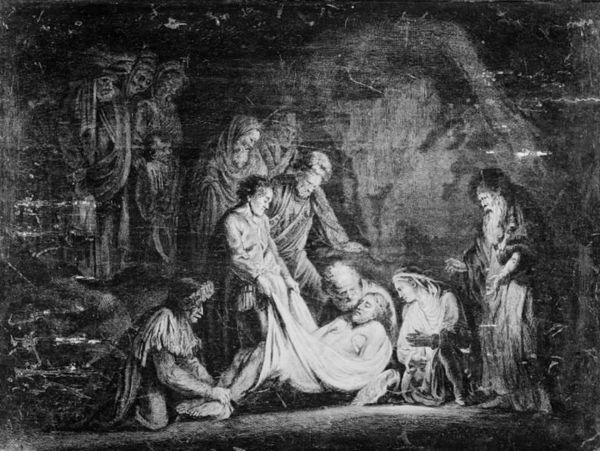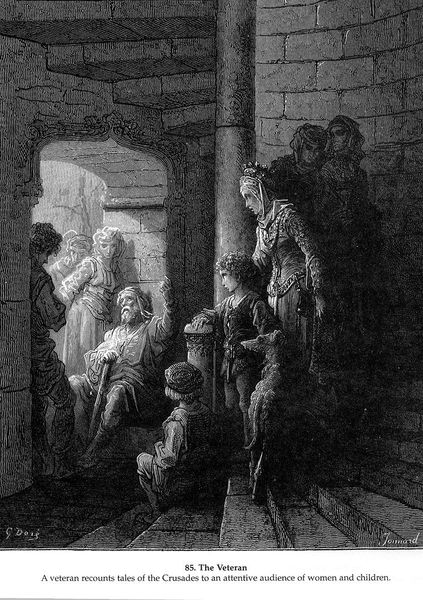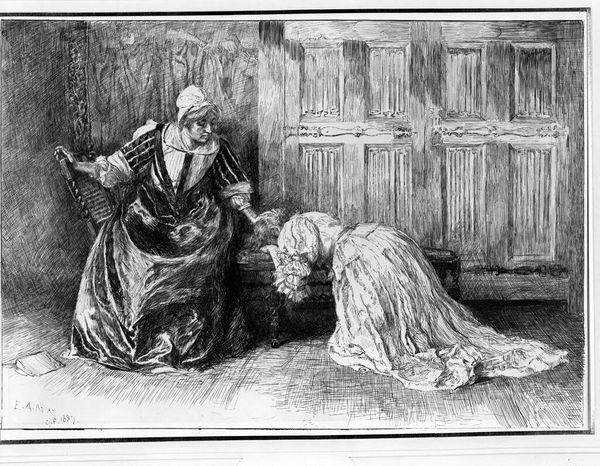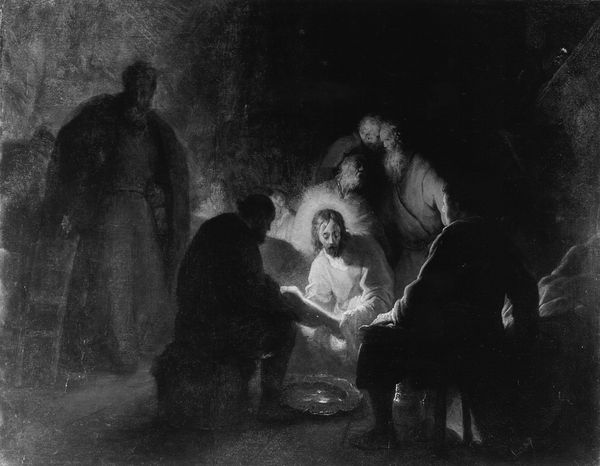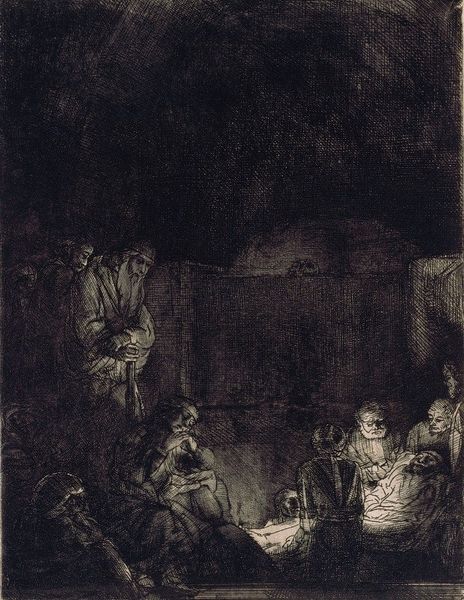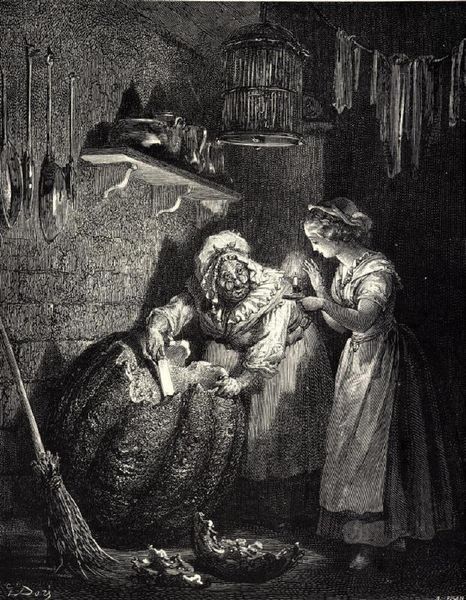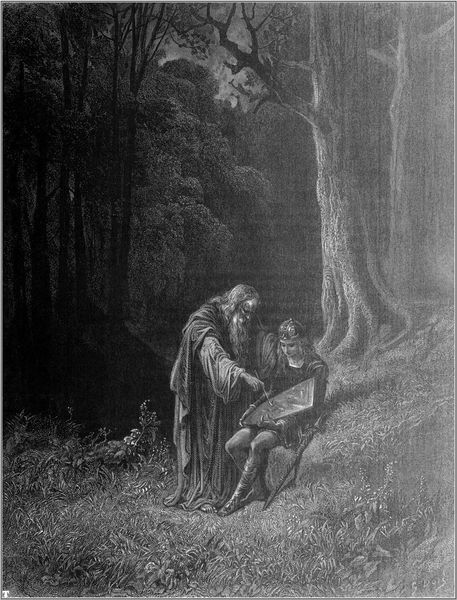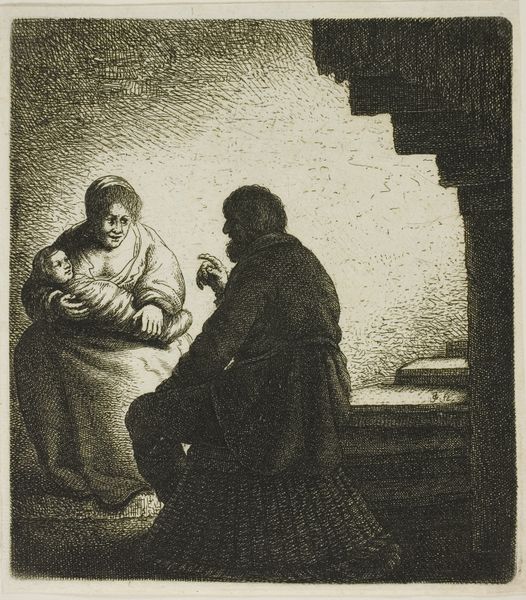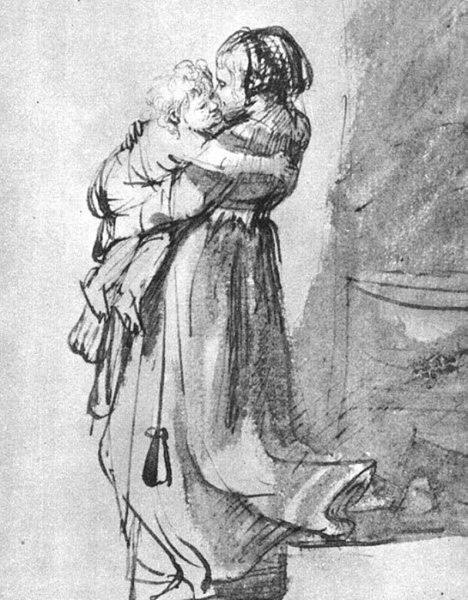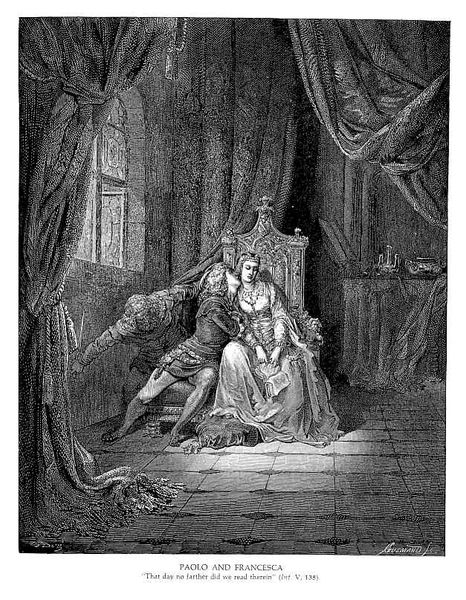
painting, wood
#
portrait
#
narrative-art
#
baroque
#
dutch-golden-age
#
painting
#
figuration
#
black and white
#
monochrome photography
#
wood
#
genre-painting
#
history-painting
#
monochrome
#
monochrome
Dimensions: 68 cm (height) x 56 cm (width) (Netto)
Editor: So, this is Philips Koninck’s "The Goddess Ceres in a Dutch Costume," painted sometime between 1634 and 1688, rendered on wood. I’m really struck by the contrast – how the goddess seems to almost glow. What are your thoughts when you see it? Curator: What intrigues me is how the materiality of paint serves the cultural narrative here. We see a goddess, typically associated with grandeur and the classical world, translated through the lens of Dutch Golden Age genre painting. Consider the economic power dynamics at play. Who commissions such a piece, and why cloak Ceres in these garments and place her within this context? Editor: That's a fascinating point. It's almost like they’re domesticating the divine. Does the fact that it's painted on wood have any particular significance? Curator: Absolutely. The choice of wood panel, versus canvas, is telling. Wood was often favored for smaller, more intimate works, pieces intended for private enjoyment within the home. This immediately shifts our understanding away from grand public display towards personal consumption and values of the Dutch middle class. How does this choice in material change the way we engage with a mythological figure? Editor: It definitely makes it feel more accessible, more… human. Were there other artists doing similar things at the time? Curator: Certainly. This kind of "dressing up" mythological figures in contemporary clothing was quite common. It reflects a society grappling with its own identity, its prosperity, and how these intersected with classical learning and power. What does it say that they want the visual language of mythology, but on their terms? Editor: So it's not just about depicting a goddess, but about understanding the societal values projected onto her through the choice of materials and setting. I never thought about it quite like that. Curator: Precisely. The real story lies not just in the subject, but in the socio-economic conditions that facilitated its creation and shaped its reception. Editor: I will definitely look at materiality with a new perspective from now on.
Comments
No comments
Be the first to comment and join the conversation on the ultimate creative platform.
